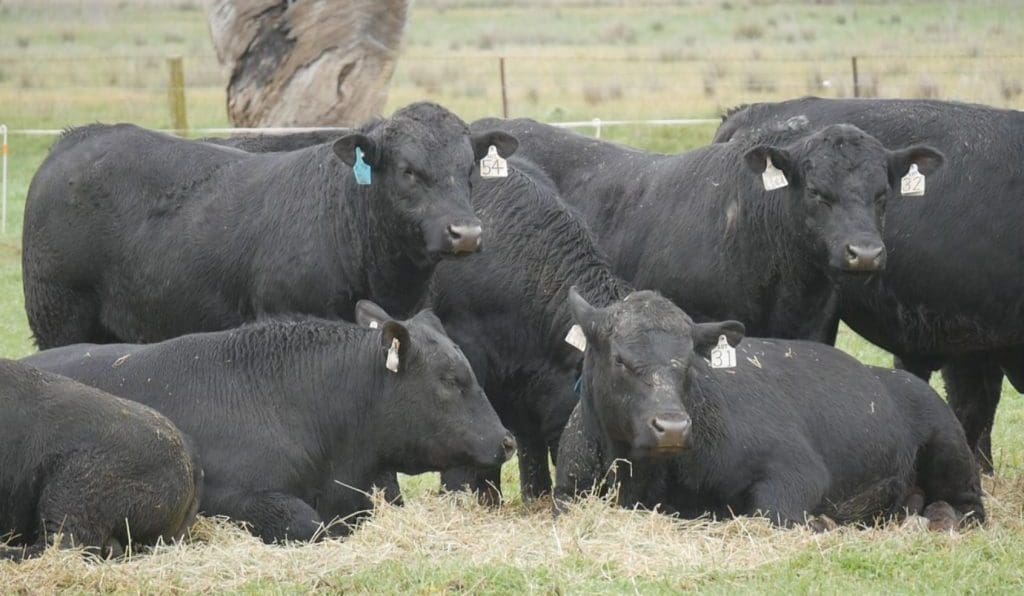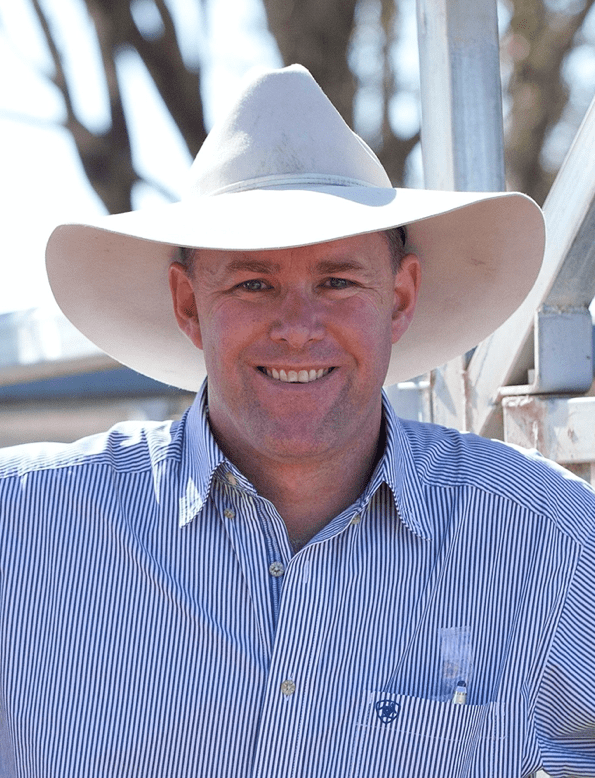
IN his recent Beef Central article, consultant Ian Mclean from Bush Agribusiness discussed the role and value of modeling in beef businesses. He makes some extremely strong cases in his discussion, noting some confusion regarding messaging around the value of investment in genetics, particularly in northern herds.
Mr McLean said “Improving sourced genetics should not be looked at, or modelled, in isolation from management. In my experience, top performing managers have an unrelenting focus on the productivity drivers and use genetics as a tool to leverage their herd and business management to achieve high performance.”
This is a particularly telling statement and captures one of the greatest paradoxes of beef production across the country. Investing in genetics is often seen in isolation, in much the same way as investing in new infrastructure or technology.
Many cattle producers appreciate the value new genetics will add to a program. However the value is often rationalised in the same way that new yards are seen as an investment and will add efficiency to a program. The flow-on impact of genetics, or its interaction with the skill of the manager to achieve the potential expression of genetics, is often overlooked.
Considering genetic investment in isolation can result in undervaluing the opportunity genetics may make within a herd over a longer horizon. This undervaluing often occurs at a single economic level. That is when producers compare the price of new sires bought at auction, against the value of cheaper sales or home-bred bulls.
At this level, it is extremely easy to make comparisons, and often the cost of new genetics appears to be marginal. However, comparing the cost based on something as simple as cost per calf, continues to undervalue the long-term improvement to a herd. Many producers overlook the fact genetics are a permanent and cumulative factor within a herd.
Defining breeding objectives
In truth, decisions to make genetic investment need to be bedded within a clear understanding of a herd’s current capability, and how well that capability is actually meeting the enterprises defined breeding and business objectives.
Without a clear and defined breeding objective, it’s almost impossible to value genetic improvement.
Defining breeding objectives takes some work. It actually requires producers to review the performance of the animals honestly and objectively as breeding units; to evaluate the performance of their stock sold against defined market specifications, and it requires a clear understanding of the characteristics that are most suited for the environment where the enterprise is conducted.
Without this process, it becomes very easy to lose a sense of direction.
An important MLA report “Improving the Performance of northern beef enterprises” highlights a key difference between the more progressive producers, consistently ranking in the top 25pc for production & performance, against the industry average. The key characteristic of those producers is their focus on the things they can control within their business.
Being able to exert this control can only happen when there is a clear understanding of performance and the key influences restricting or enabling this performance.
First step
When it comes to genetic improvement, the first step for any producer serious about evaluating the worth of investing, needs to start measuring production levels and considering the variation that exists with the herd.
Although variation within the herd is the result of genetics, producers shouldn’t immediately consider this as the root cause.
Phenotype, the animals we see and record are the result of the combination of genetics with environmental factors. The influence of environment, particularly that which producers can control through management, plays a significant part in the variation recorded within herd. It is easy to overlook management decisions around joining age, joining weights, length of joining on the subsequent variation in weaner ages and weights.
In defining breeding objectives, the risk of losing direction is reduced. It also offers a clear way to consider the impact management decisions may have contributed to a herds overall performance.
This process offers a much more effective method of evaluating genetic investment. When a producer has bought under control their management structure and can clearly attribute variation in performance to the genetic differences in a herd, then the value of new genetics can be more clearly considered.
Ian McLean’s article also noted “In the case of buying bulls, it is just as easy to spend too much on a bull that is unlikely to improve genetics as it is to overspend on one that will. Genetic improvement is persistent and compounding, but a breeder must acquire the right bulls at the right price to make it profitable.”
Finding the right bulls becomes an easier task when there is clarity around the traits and genetics required for a herd.
There are many bulls that can offer the traits required, and with the continued improvement in accuracies of EBVs through Genomics, along with greater recording of performance within seedstock herds, producers have greater choices to look for bulls.
Rather than backing sires with unknown genetics simply due to the stud prefix attached to the bull, there is more opportunity to look and search-out sires that will return a value on the investment.
Genetic improvement really only becomes a risky investment when it takes place in a program that lacks clarity and direction.
In these circumstances, other than a measure of calves on the ground, the return on investment is too difficult to measure.
For programs seeking to make on going and permanent gains, without direction or a breeding objective, genetics can never be leveraged to make full use of its potential.
 Alastair Rayner is the Principal of RaynerAg, an agricultural advisory service based in NSW. RaynerAg is affiliated with BJA Stock & Station Agents. He regularly lists and sell cattle for clients as well attending bull sales to support client purchases. Alastair provides pre-sale selections and classifications for seedstock producers in NSW, Qld and Victoria. He can be contacted here or through his website www.raynerag.com.au
Alastair Rayner is the Principal of RaynerAg, an agricultural advisory service based in NSW. RaynerAg is affiliated with BJA Stock & Station Agents. He regularly lists and sell cattle for clients as well attending bull sales to support client purchases. Alastair provides pre-sale selections and classifications for seedstock producers in NSW, Qld and Victoria. He can be contacted here or through his website www.raynerag.com.au

Really interested read. Have you considered discussing the impact of breeding using reproductive technologies such as in vitro fertilisation? This can increase economic breeding values quite rapidly.
Well said. Good article.